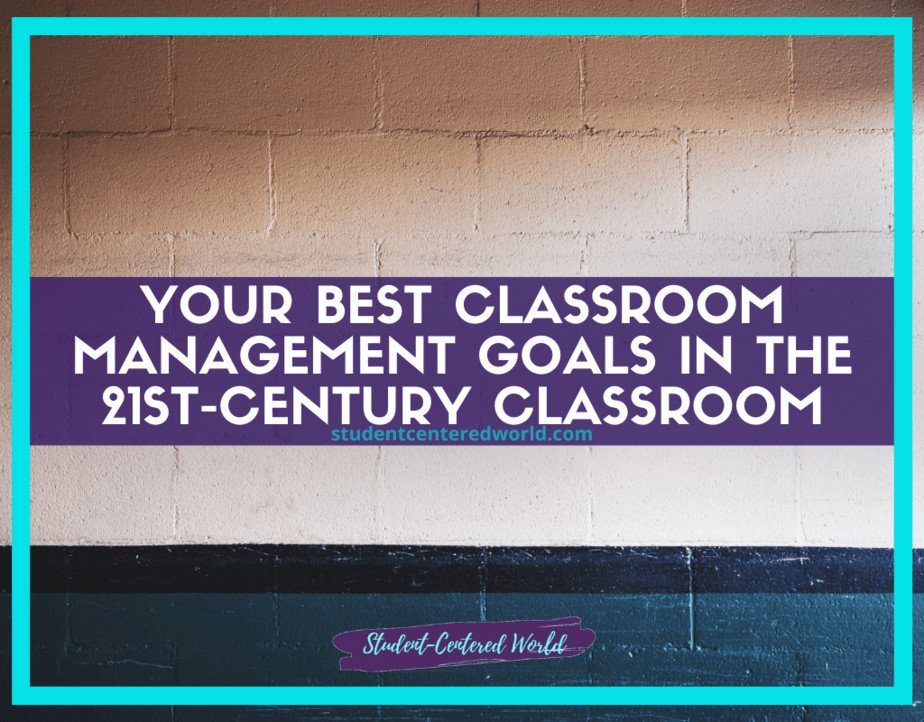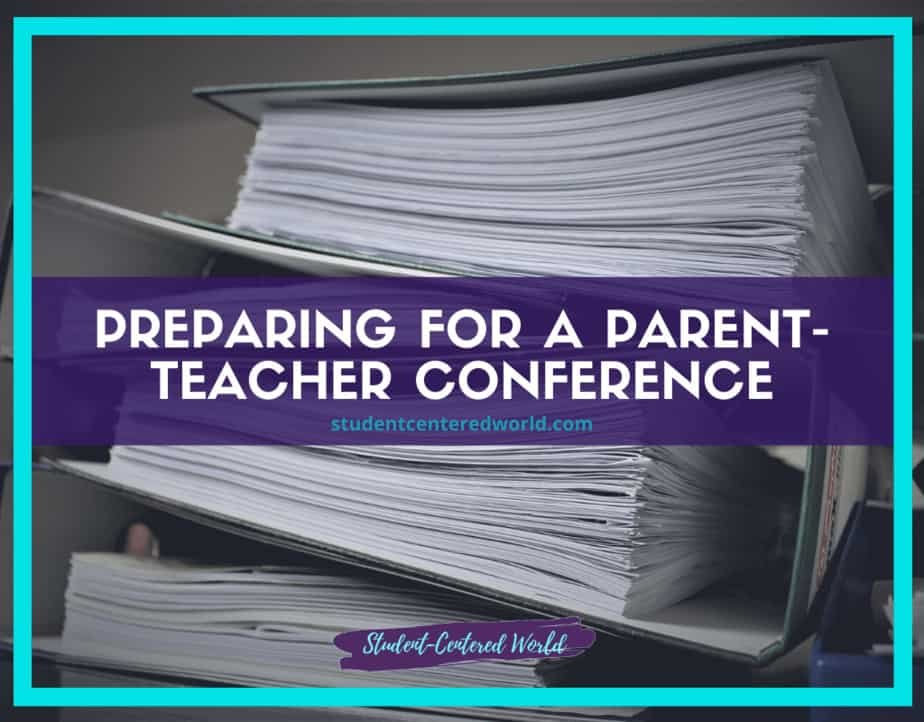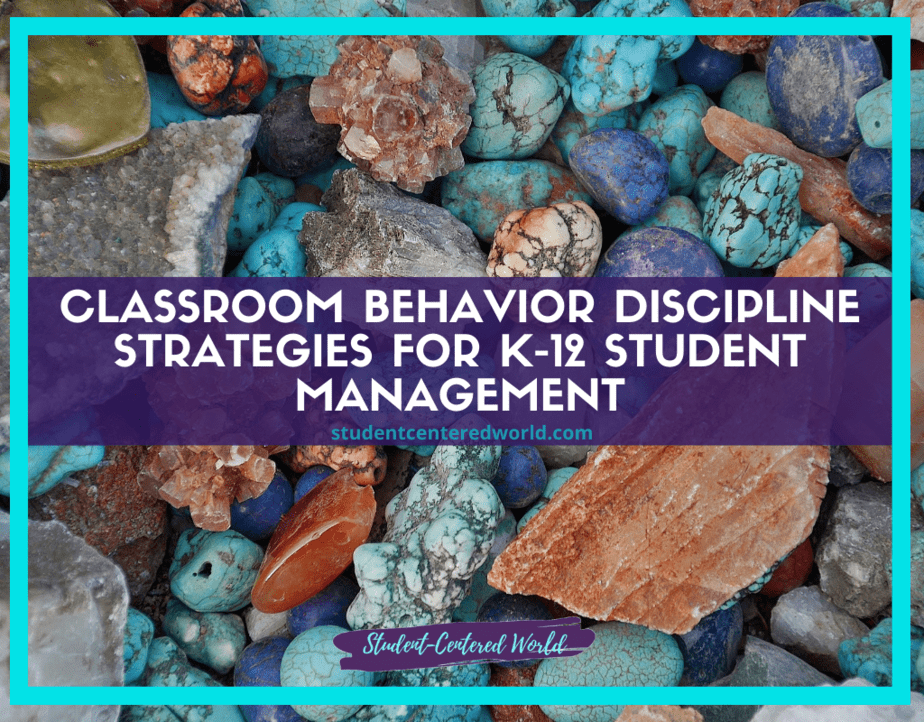Easy Classroom Management Games in the 21st-Century Classroom
Gamifying education is a huge buzz right now in schools. This doesn’t mean that students spend their time gaming during school as many would believe. Instead, gamifying education allows students to actively engage in content material. One way that many teachers are doing this is by creating classroom management games. Classroom management games can come in many different shapes and sizes, but they all have the same end goal: keeping students’ behavior in check and engagement high.
When it comes to classroom management games, there are a few different categories. The first type of game is to reward students for their positive behaviors such as completing an assignment or showing respect towards another student. Another type of classroom management game includes earning points and badges for learning new information, putting those skills into action, and/or turning work in on time. Another category of classroom management games includes resource management where students are constantly competing to get items, such as classroom materials or certain prizes that accumulate in congruence with their class content.
Rewarding for Behavior
One of the easiest ways to use classroom management games is by rewarding students for their positive behaviors. The idea behind this type of game is that students are rewarded for good behavior and negative behavior results in a loss of points. If you want to create a system like this, you should base the rewards and consequences on common core standards so everyone knows what is expected. Here are a few examples of ways to gamify your classroom:
– At the end of class, students can earn one point for every minute they were on task and two points for each question they answered correctly. This means that students will learn more material and will be able to level up faster by earning points. If a student misbehaves, they lose a point.
– At the end of class, students can earn one point for every minute they were on task and two points for each question they answered correctly. If a student misbehaves during class, they lose one point.
– At the end of class on Friday, students can earn one point for every minute they were on task and two points for each question they answered correctly. This means that students can accumulate points over the week to make up for any lost time during the school week where rules may be stricter. If a student misbehaves, they lose a point.
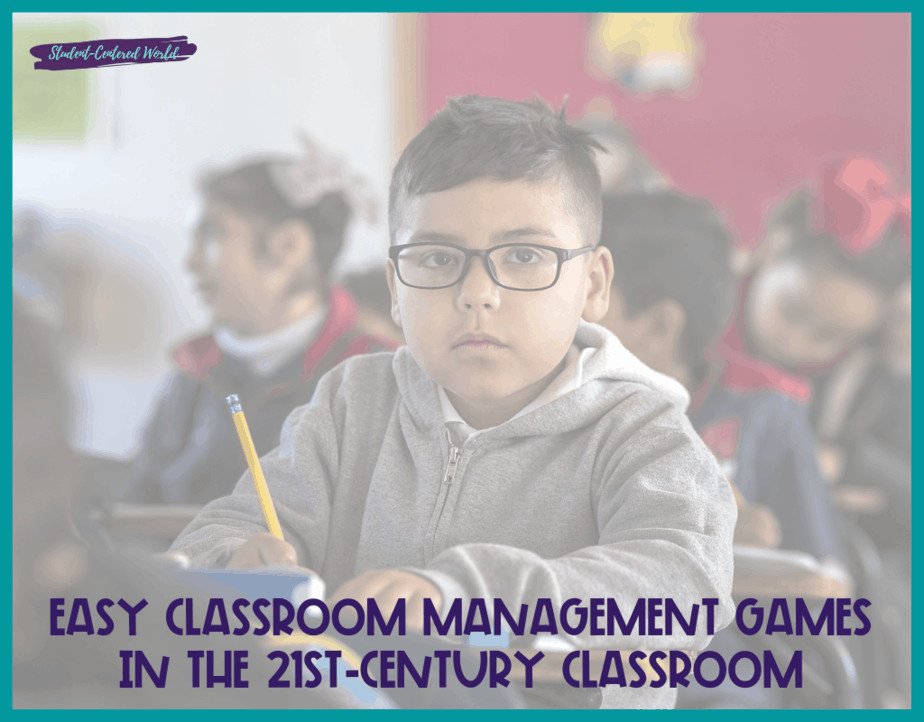
Earning Points for New Information
Another way to use classroom management games is by giving students points for gaining new information. The idea behind this type of game is that the more points a student has, the better they are at the content material, and if they want to level up, they will need to learn more. This game can be especially effective in math class where students usually need to practice new concepts before moving on. Here is an example of classroom management games that fit this criterion:
At the end of every lesson, students can get one point for each new topic they learned. If the student has more than five points by the end of the unit/chapter, then he or she can earn a prize, such as extra recess time or playing with an educational app during class.
If a student wants to level up and earn a prize or extra credit, then he or she will need five points. This means that if students want to play with an app during class, then they will have to do all of their work and ask for help when they need it.
Leveling up and getting a prize isn’t the only goal of this game because students will also be learning new material. By playing this classroom management game, teachers can encourage and motivate students to learn more content.
The idea behind this type of game is that the more points a student has, the better they are at learning material. This allows teachers to gamify their class in a way where they encourage and reward good behavior while also teaching lessons based on classroom management games.
Resource Management Games
In addition to giving students points for learning new information, teachers can also give them points for completing work. This means that the more students contribute to class, the better they will be at playing games or earning rewards. These types of classroom management games require students to manage resources that accumulate during class time. Here are some examples:
At the end of class, students can earn one point for every minute they spent working on an assignment. If a student didn’t complete any work during the lesson, then he or she will have to answer a question correctly before earning a point.
If a student wants to earn extra points by playing with educational apps during class, then they have to spend their points. In order to get a point, the student must complete all of their assignments and ask for help when they don’t understand something.
The idea behind these types of classroom management games is that students will have a better chance at earning more points if they spend the resources they have during class time. This means that if a student wants an app, then they will need to spend some of their points. The same logic applies to earning rewards for good behavior, such as staying on task.
These classroom management games can also be to earn resources to use in the classroom. Playing these games can encourage and motivate students to contribute and work hard in order to achieve their goals.
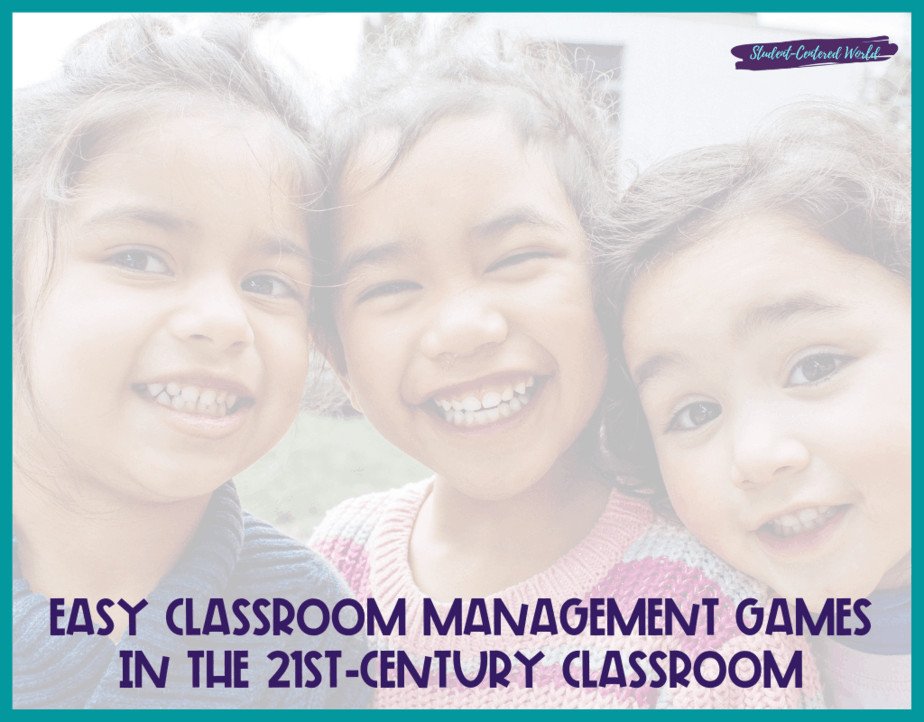
Point Systems for Classroom Management Games
While the above classroom management games are only a few types, they all involve earning points or getting better at playing different kinds of games or apps. However, there is more than one way that teachers can implement these games in their classes. Here are some examples:
If a teacher wants to get students involved in the class, then he or she can do so by creating an assignment-based point system. This means that students will earn points for completing certain tasks or activities at school, such as homework or projects. The more students contribute to class, the more points they have.
Other point systems used for classroom management include a behavior-based system. In a behavior-based point system, students will earn points for completing tasks or staying on task. For example, if a student has three points, then they can win a prize. The same logic applies to working hard and doing good work in order to level up and get rewards from the teacher’s prize arsenal (which can be anything the students may be interested in, young or old).
This can be a “treasure chest”, extra recess, homework passes, extra credit, a class party, etc. Make sure you focus on the age of your students to be certain you are coming up with prizes that work for them.
Classroom Management Games and Student Engagement
Not only are these games effective in managing student behavior, but they also increase engagement. Just think about it: who doesn’t like awards and badges? With these fun ways to learn the material, students are more excited to be in class and enjoy learning.
Many teachers find that students are more responsive and motivated if they work towards getting better at playing fun games or apps. These classroom management games can help students focus on what is taught in class while also helping them learn new concepts.
They are also a great way for it to be okay to have fun during the day without disrupting class or hurting anyone. Plus, it’s a great way to let students know that their activity and participation are important to you and the classroom dynamic.
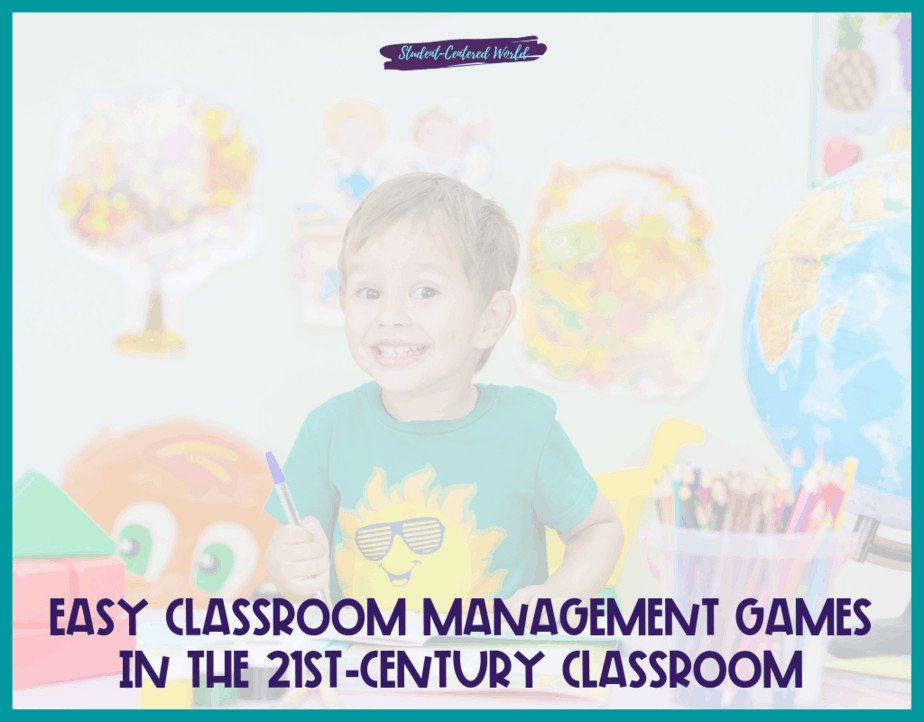
It’s All About Balance and Preparation
The most important thing to remember about using games for classroom management is that this isn’t something you just decide one day and implement immediately. These games take time and preparation to make. They must be carefully thought out and planned for in order to work well and keep your students engaged and effective at learning.
It also may be a good idea if you allow the entire class to figure out their own point system before trying to implement one. It may help them feel more invested in how they gain points and what they can get with them.
Again, be certain that whatever you do is age-appropriate. Nothing will turn your students off more than something being way above their heads or, in their minds, way too childish. Finding that sweet spot will get you the greatest buy-in.
Stop Driving the Teacher Struggle Bus
Are you struggling with student engagement, apathy, or keeping your class on track?
💫💫 There’s hope! 💫💫
Join my free teacher workshop “Choosing Choice” and in just 60 minutes, you’ll craft a practical plan to revitalize your teaching. Discover the magic of student choice in boosting engagement, gain quick implementation ideas, and explore strategies for year-long success.
Unlike overwhelming workshops, my approach guides you in real-time, providing more classroom options, reducing stress, and giving you more personal time.
Plus, you’ll earn a 1-hour professional development certificate and have 7 days of access.
Don’t miss this chance to transform your teaching; click below to secure your spot now!
